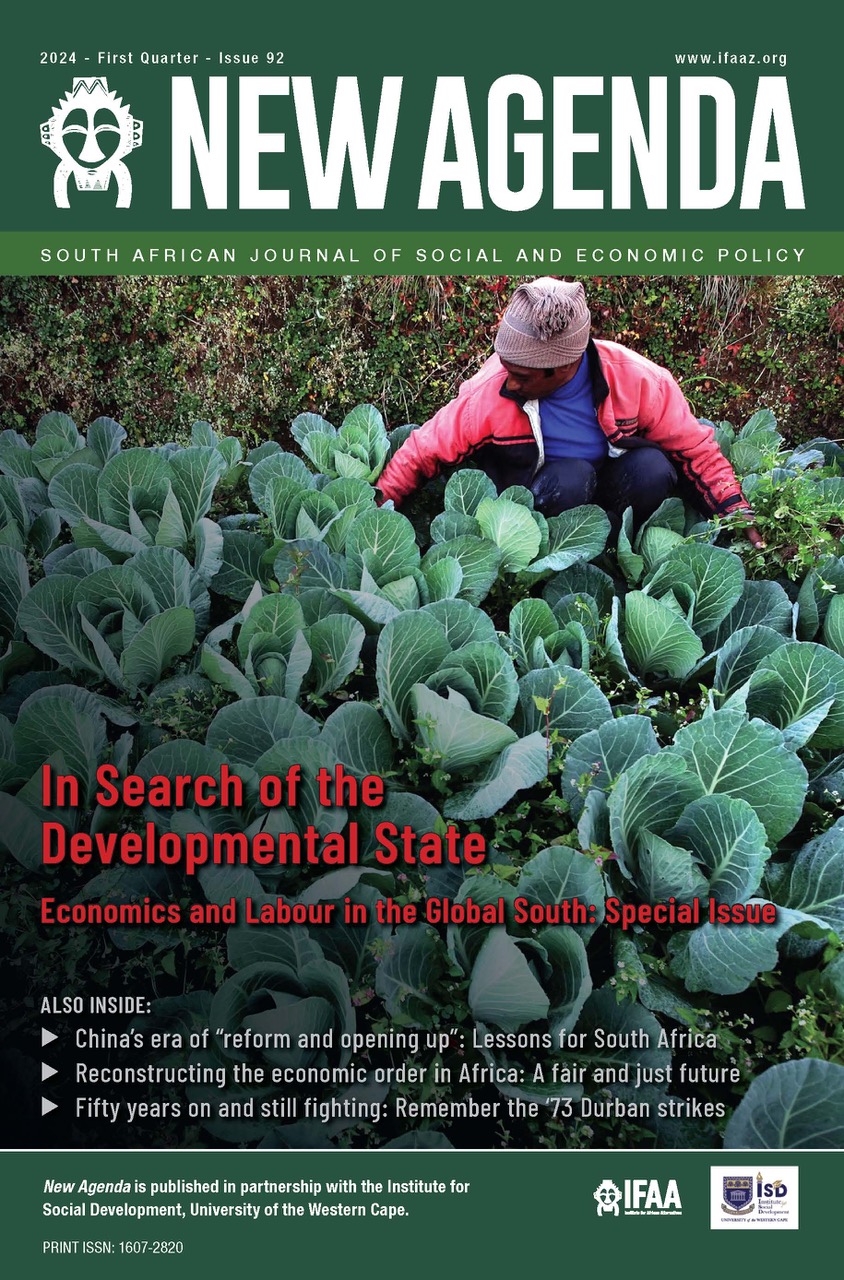The Durban Strikes and the End of a Cycle of Struggle
Main Article Content
Abstract
While we remember the 1973 Durban strikes as a watershed moment in the fight against capitalism and colonialism, it is also crucial to remember that the strikes marked the start of a cycle of struggle dominated by workers in the manufacturing sector. A cycle of struggle, as I describe it, is a discrete phase of capitalist growth marked by the creation of a distinctive workforce centred in specific production and reproduction zones. Expanding on this idea, I contend that South Africa's manufacturing sector's domination since World War II, as well as its subsequent development in the 1960s, produced circumstances for working-class opposition and the birth of the Durban strikes and radical trade unions. The manufacturing industry was looking for a huge workforce in the townships to work in major plants. These areas, both in the workplace and in working-class neighbourhoods, were fertile grounds for resistance. As a result, my argument is that the Durban strikes initiated a cycle of struggle that lasted from 1973 to the 1990s, coinciding with the fall of the industrial sector and the formation of democracy. The decline of the manufacturing sector in the 1990s, the drastic reduction of the manufacturing workforce, the decline of the political and social strength of manufacturing unions in COSATU, and the rise of precarious forms of work are indicators of the end of the Durban cycle of struggle that occurred in the 1990s.
Downloads
Article Details

This work is licensed under a Creative Commons Attribution-NoDerivatives 4.0 International License.

